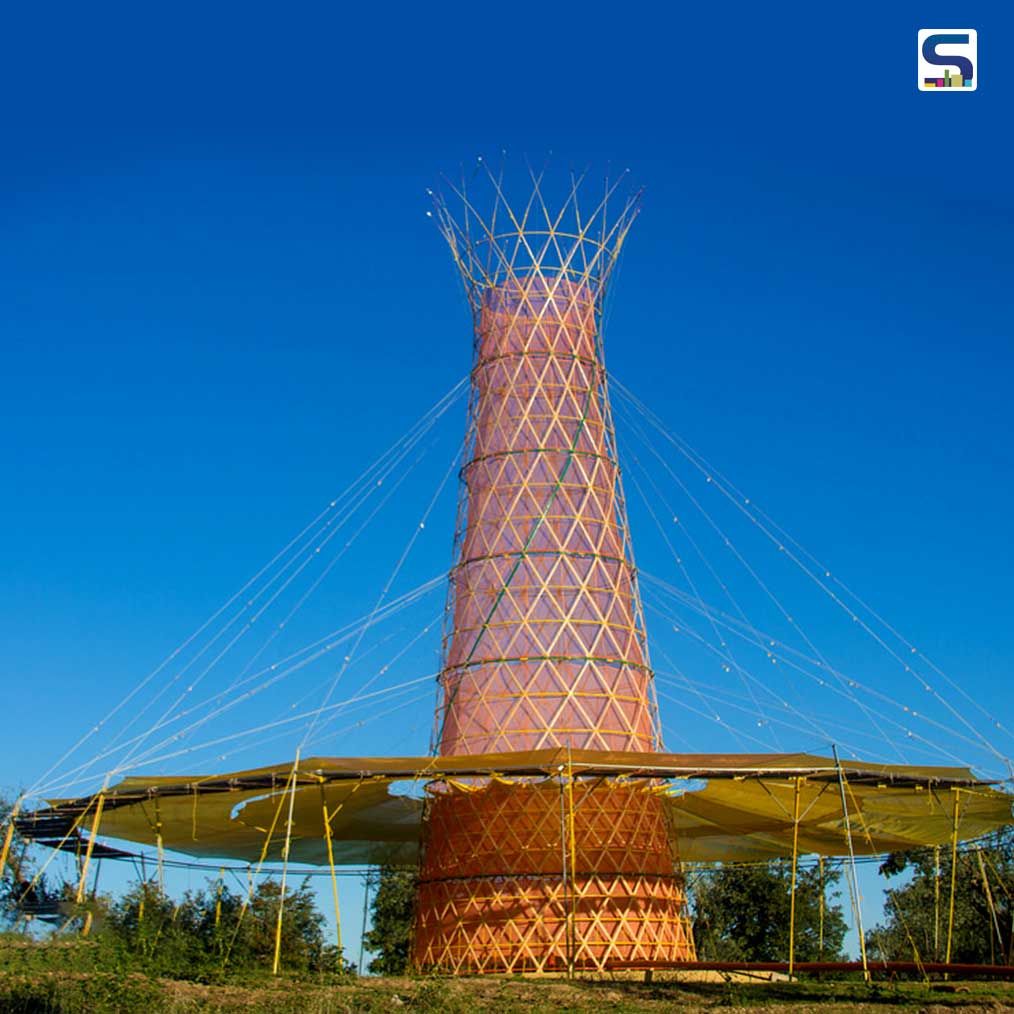
Very few people might be aware of the fact that in some remote villages of Ethiopia and around the world, finding potable water and collecting it is a six-hour journey. Reaching the nearest source and fetching drinking water is an arduous task for people living in such areas. And even when they find the source, it is not certain that they will get clean water. Often such sources are contaminated with human and animal waste or other harmful substances. To solve this problem, an Italian architect-Arturo Vittori- has created Warka Tower- a low-cost bamboo structure that uses thin air from the surroundings to collect/harvest drinking water. According to Vittori, this invention can offer remote villages over 25 gallons of clean drinking water every day. Read below at SURFACES REPORTER (SR) to know more about this innovative invention and how does it work:
.jpg) Also Read: Scientists at GE Research 3D Printed A Portable Device That Produces Water Out Of Thin Air
Also Read: Scientists at GE Research 3D Printed A Portable Device That Produces Water Out Of Thin Air
When Vittori visited small isolated villages in Ethiopia, he found that people living in these areas are living without fundamental necessities of life such as electricity, running water, a toilet, or a shower. He observed that women and children had to travel miles to collect water from sources that are often polluted with human and animal waste, or other life-hazardous elements.
Lightweight, cheap and easy-to-build bamboo structure
To solve the water scarcity problem in the area, the industrial designer proposed the Warka tower, which is a lightweight, easy-to-construct independent system. The structure is framed with bamboo and contains a mesh polyester material inside.
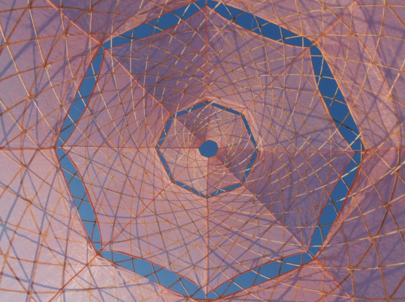
The tower is simple, low-cost, and easy to construct. Owing to its basic parametric design, the tower can be custom-made and easily used in a variety of different situations.
How does it Work?
The structure condenses atmospheric water vapour from either fog, rain, or dew that falls against the cold surfaces of the mesh into droplets that trickle down into a reservoir formed below the structure.
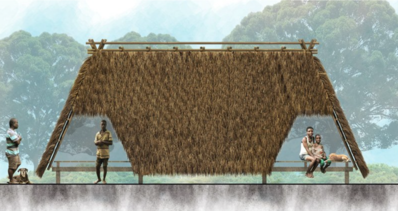
The fabric canopy covers the lower section of the tower to avoid it from evaporating or getting contaminated.
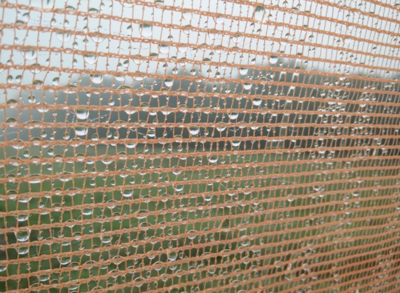 Although the entire structure is weather dependent, each tower can offer 100 liters of water to the community every day.
Although the entire structure is weather dependent, each tower can offer 100 liters of water to the community every day.
The inspiration behind the design
The designer took inspiration from several sources to create the structure, including local traditions, bio-mimicry, and the Warka tree which is a big wild fig tree native to Ethiopia.
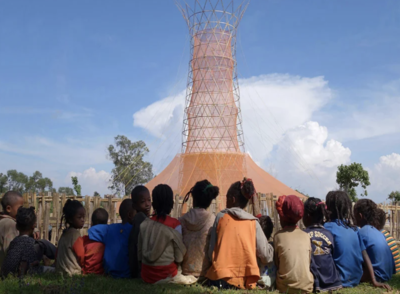
The best part of this project is that the villagers can own and operate the tower themselves. This is also the main reason behind the success of the project.
Also Read: Terra: A Sustainable Pavilion Revealed by Grimshaw at Dubai Expo That Generates Its Own Water and Energy
A Social Space
Further, the structure not only fulfills the basic requirements of life- water- but it also allows the community people to congregate under the shape of its canopy for meetings and education.
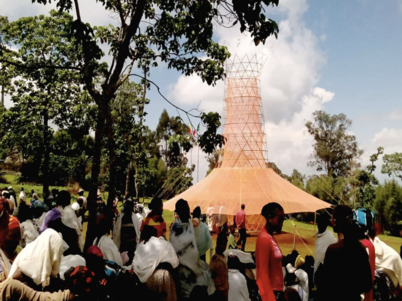
Cost of the Structure
The total cost in the set up of a tower is between $500-$1000USD which is equivalent to Rs 37742-Rs 75484. This is actually less than a quarter of the cost of the gate toilet, which costs around $2,200 or Rs 166064 to install, and more to maintain.
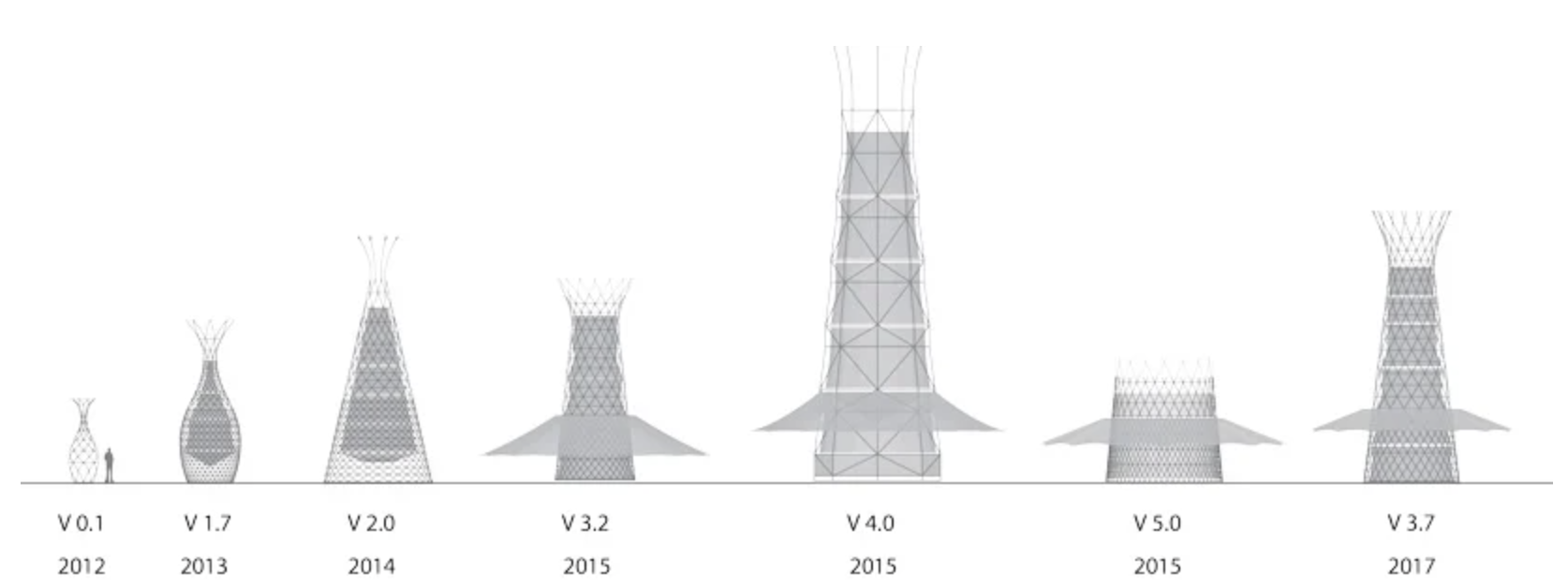 The firm’s aim with this tower is to not only help the isolated communities in Ethiopia but also those living in Columbia, Brazil, Haiti, Madagascar, Sumba, Cameroon, India and many other countries. Further, the project has developed a modular system named W-solar that converts any Warka Tower into a source of electricity production by integrating photovoltaic panels to offer light and power for recharging mobile devices.
The firm’s aim with this tower is to not only help the isolated communities in Ethiopia but also those living in Columbia, Brazil, Haiti, Madagascar, Sumba, Cameroon, India and many other countries. Further, the project has developed a modular system named W-solar that converts any Warka Tower into a source of electricity production by integrating photovoltaic panels to offer light and power for recharging mobile devices.
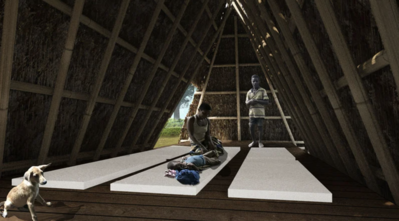
Meanwhile, W-garden proposes a system where collected water can be used for food production and W-toilet for the improvement of sanitation and hygiene. The project since its inception has been garnering support from a number of series of caring crowd campaigns.
Keep reading SURFACES REPORTER for more such articles and stories.
Join us in SOCIAL MEDIA to stay updated
SR FACEBOOK | SR LINKEDIN | SR INSTAGRAM | SR YOUTUBE
Further, Subscribe to our magazine | Sign Up for the FREE Surfaces Reporter Magazine Newsletter
Also, check out Surfaces Reporter’s encouraging, exciting and educational WEBINARS here.
You may also like to read about:
Save 95% water while you wash your hands with this simple device
Lattice Bamboo Screen Wraps The Facade of This House in Bengaluru | Bidiru Mane | RR Architects and Associates
This Sinuous and Dynamic 42 Sqm Bamboo Pavilion in China Turned An Empty Field Into A Public Space | LIN Architecture
And more…